Oklahoma tree id?
backyardmomma
10 years ago
Related Stories

FALL GARDENING11 Trees for Brilliant Fall Color
Give your landscape the quintessential look of autumn with the red, orange and yellow leaves of these standouts
Full Story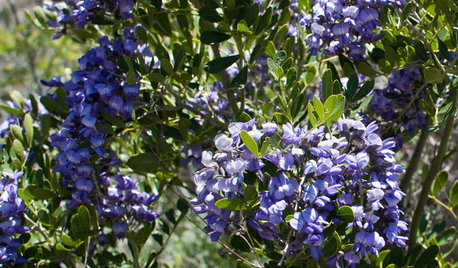
TREES6 Unsung Spring-Blooming Trees
Billowy blooms and rare fragrances will make you wonder how these flowering trees could ever have been underused in landscapes
Full Story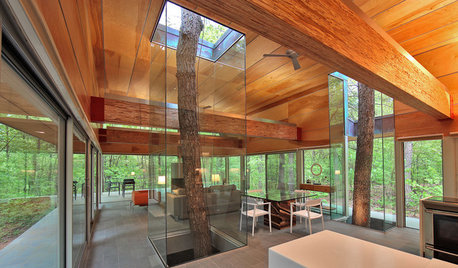
DECORATING GUIDES10 Tree-Hugging Interiors That Work Around Nature
Bursting up through the floor, planted in an indoor patio or potted in any room you choose, trees bring an elegance that's organic
Full Story

GARDENING GUIDESHow to Keep Your Citrus Trees Well Fed and Healthy
Ripe for some citrus fertilizer know-how? This mini guide will help your lemon, orange and grapefruit trees flourish
Full Story
EDIBLE GARDENSHow to Grow 10 Favorite Fruit Trees at Home
Plant a mini orchard in fall, winter or early spring to enjoy fresh-off-the-tree fruit the following year
Full Story
SIDE YARD IDEASNarrow Trees for Tight Garden Spaces
Boost interest in a side yard or another space-challenged area with the fragrance and color of these columnar trees
Full Story
FARM YOUR YARDIf You Have Room for Only One Fruit Tree ...
Juice up a small garden with one of these easier-care or worth-the-effort fruit trees for a mild climate
Full Story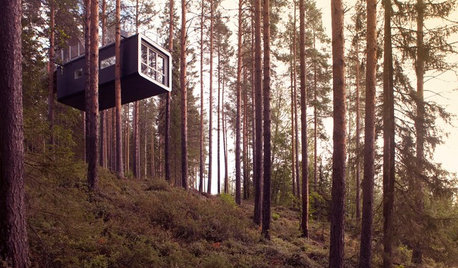
TRAVEL BY DESIGN11 Amazing Home-Away-From-Home Tree Houses Around the World
Go climb a tree — and spend the night. Tree house hotels and lodges are booming as exotic vacation alternatives
Full Story





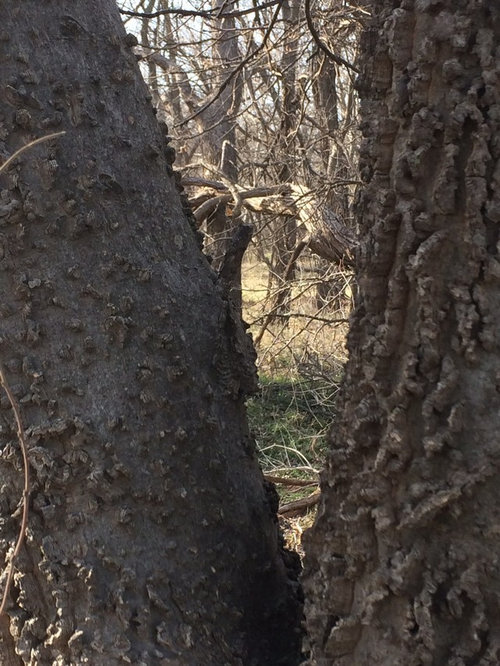
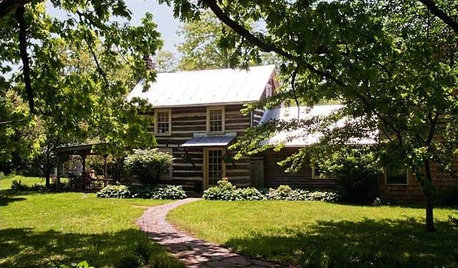
seeker1122
beerhog
Related Professionals
Washington Landscape Architects & Landscape Designers · Mount Wilson Landscape Architects & Landscape Designers · Brooklyn Center Landscape Architects & Landscape Designers · Camp Verde Landscape Contractors · Ocoee Landscape Contractors · Palatine Landscape Contractors · Plainview Landscape Contractors · Ringwood Landscape Contractors · Wheat Ridge Landscape Contractors · Tyngsboro Landscape Contractors · Suisun City Landscape Contractors · Benton Decks, Patios & Outdoor Enclosures · Del Aire Decks, Patios & Outdoor Enclosures · Miami Decks, Patios & Outdoor Enclosures · Palmetto Decks, Patios & Outdoor Enclosuresoldbusy1
farmgardener
TexasRanger10
helenh
backyardmommaOriginal Author
dbarron
Okiedawn OK Zone 7
okoutdrsman
Okiedawn OK Zone 7
backyardmommaOriginal Author
deb4tune1912
soonergrandmom
chickencoupe
Okiedawn OK Zone 7